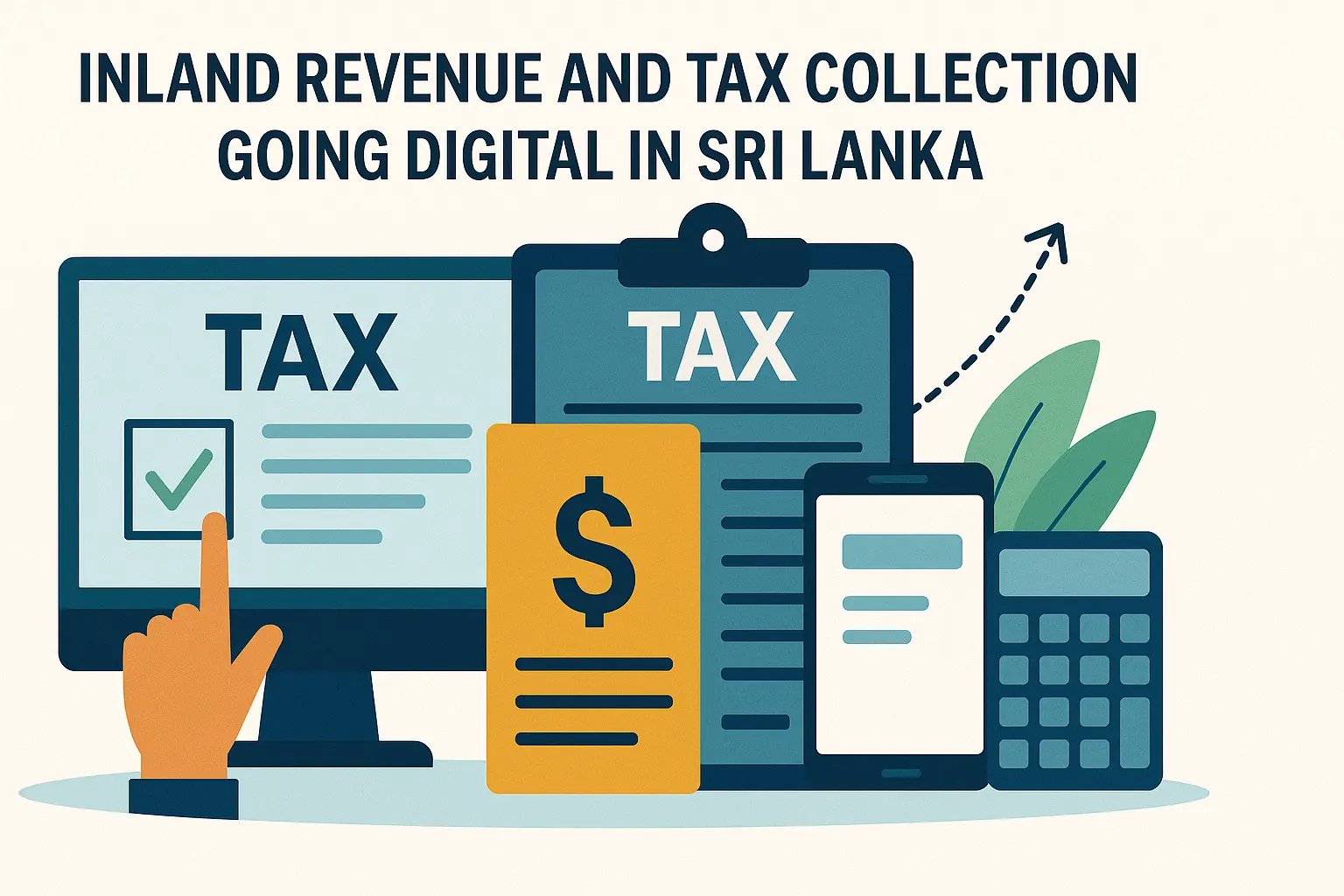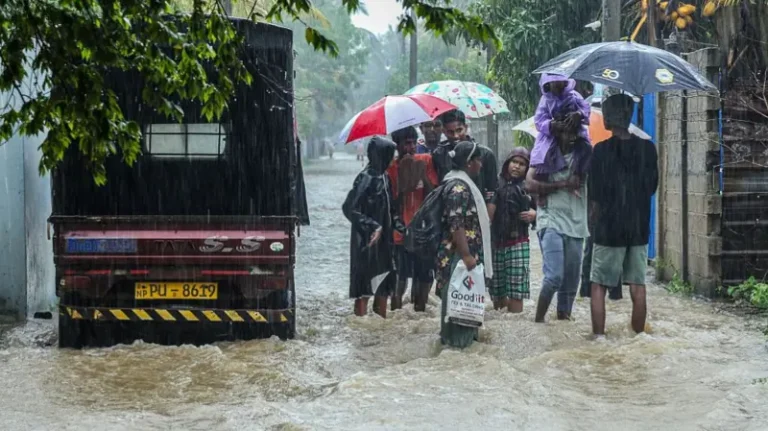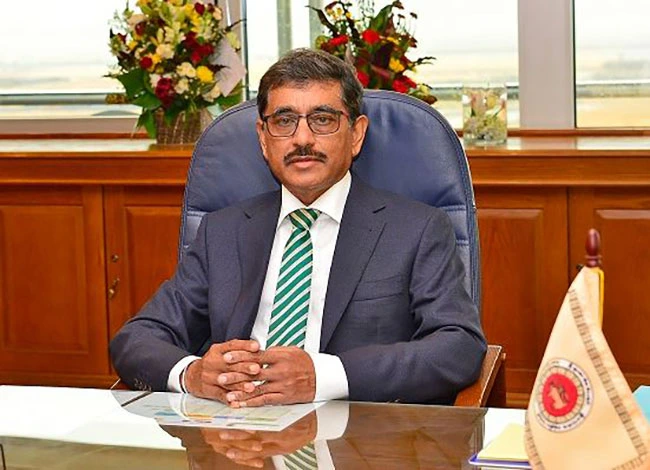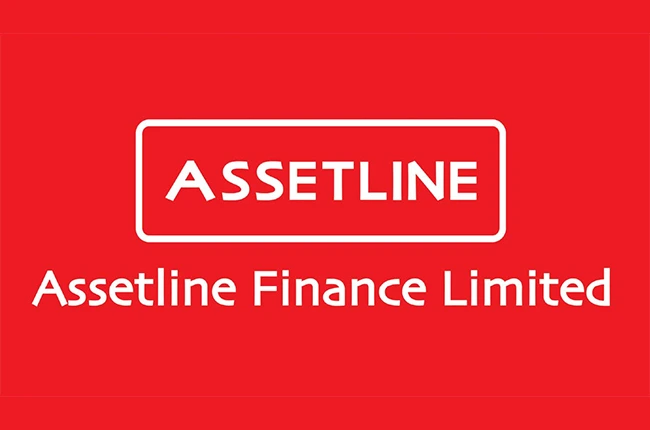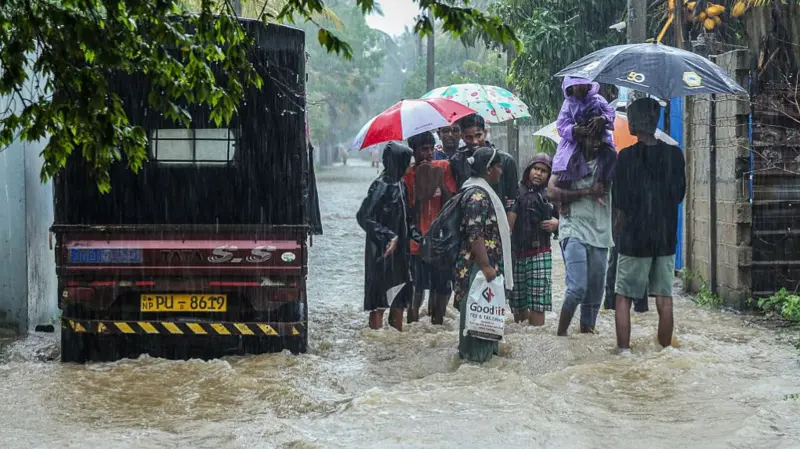Sri Lanka’s government has long recognised that its tax system needs modernisation. Against the backdrop of fiscal crises, IMF-supported reform programmes, and an urgent need to increase revenue, digitalising tax collection has become a national priority.
This article explores the country’s push to take the Inland Revenue Department (IRD) digital: what’s been done, what it means for taxpayers and the economy, and the challenges that lie ahead.
The Drive Toward Digital
Historically, Sri Lanka’s tax system has been heavily paper-based, bureaucratic, and often opaque. Compliance has been burdensome for businesses and individuals alike, with forms to be submitted physically and processes requiring multiple in-person visits. This complexity and lack of transparency have contributed to poor voluntary compliance and pervasive tax evasion.
Recognising these problems, the government has prioritised “e-revenue” solutions. The digitalisation drive aims to:
- Increase transparency in tax administration
- Simplify compliance for taxpayers
- Improve revenue collection efficiency
- Reduce opportunities for corruption
- Widen the tax base
This is not a trivial reform—it’s seen as essential to Sri Lanka’s broader economic stabilisation and debt management agenda.
Revenue Administration Management Information System (RAMIS)
At the heart of Sri Lanka’s modernisation effort is the Revenue Administration Management Information System (RAMIS). Initially launched in 2016 with support from the World Bank, RAMIS was designed to automate core tax processes.
RAMIS allows taxpayers to:
- Register online
- File returns electronically
- Pay taxes via electronic payment channels
- Track compliance history
It also integrates with other government databases—such as customs, land registries, and company registries—to improve risk-based audit selection and enforcement.
However, RAMIS has not been without controversy. Its implementation faced delays, cost overruns, and periods of partial functionality. Critics argue it has yet to fully deliver on its promise of seamless, end-to-end automation. A second phase, RAMIS 2.0, was announced to address these shortcomings.
RAMIS 2.0 and Renewed IMF Pressure
The International Monetary Fund has made improved revenue mobilisation a core pillar of its programme with Sri Lanka. As part of structural benchmarks in the IMF arrangement, the government has pledged to:
- Fully roll out RAMIS 2.0
- Expand taxpayer registration and enforce compliance
- Improve audit targeting using data analytics
RAMIS 2.0 is intended to fix technical gaps in the original system, expand functionality, and offer a better user experience for both taxpayers and IRD staff. Features promised include streamlined e-filing, integrated e-payment gateways, automatic notices, and robust data-matching for risk assessment.
With the IMF tying future disbursements to these reforms, there is considerable political and financial pressure to deliver.
The Promise for Taxpayers
For taxpayers, digitalisation offers multiple potential benefits:
- Convenience: E-filing and e-payment mean fewer queues and less time wasted at tax offices.
- Clarity: Online systems can make requirements, deadlines, and payment histories more transparent.
- Fairness: By expanding the taxpayer register and enforcing compliance more evenly, digitalisation can reduce the perception that only a narrow segment of the economy pays its fair share.
- Cost Savings: Reduced paperwork, postage, and travel costs for businesses, especially SMEs.
If properly implemented, the reforms could dramatically improve Sri Lanka’s notoriously low tax-to-GDP ratio.
The Challenges Ahead
Despite these benefits, the road to fully digital tax administration is far from smooth.
1. Technical Challenges
Previous delays and partial failures of RAMIS have made taxpayers and officials alike wary. Successfully upgrading to RAMIS 2.0 will require strong project management, high-quality vendor support, and rigorous testing.
Integration with other government systems—essential for risk-based auditing—also remains patchy.
2. Capacity Building
Digital systems require users to understand and trust them. Tax officials need training not just in using new software, but in new ways of working—less discretionary decision-making and more data-driven compliance.
Equally, many taxpayers—especially smaller businesses and individuals with limited digital literacy—will need education and support.
3. Trust and Corruption
One of the major goals of digitalisation is reducing opportunities for corruption by limiting face-to-face interactions. But this goal will be undermined if systems are opaque or if officials find ways to manipulate digital processes behind the scenes.
4. Digital Divide
While urban businesses may be well-equipped to adopt e-filing, rural and small-scale taxpayers may struggle with internet access, language barriers, or basic computer skills. Addressing this divide will be crucial for equitable compliance.
A Necessary Reform
Despite these challenges, few would argue against the need for digitalisation. Sri Lanka’s tax system has one of the lowest revenue yields in the region—just 8–9% of GDP in recent years, well below levels needed to sustainably fund public services.
IMF analysis and domestic experts alike have long pointed out that broadening the tax base—not merely raising rates on the same narrow pool of payers—is essential. Digitalisation is arguably the only realistic way to achieve this.
Recent Developments
In 2024–2025, the Inland Revenue Department has been rolling out new modules under RAMIS 2.0, promising:
- Simplified online registration for all categories of taxpayers
- Better payment integration with banks and mobile payment platforms
- Automated reminders and notices
- Expanded audit and compliance tools
Early reports suggest uptake is growing, but also that technical glitches remain. The government has also been running taxpayer education campaigns, with mixed reach and effectiveness.
The Bigger Picture
Sri Lanka is not alone in this journey. Around the world, developing countries have invested in e-revenue systems to boost compliance, reduce corruption, and stabilise public finances. Successful examples include Kenya’s iTax and India’s GSTN.
But experience shows that technology is just one part of the solution. Political will, institutional capacity, and sustained commitment to transparency and fairness matter just as much.
Conclusion
Sri Lanka’s shift to digital tax administration is not merely a technological upgrade—it is a vital component of economic reform and recovery. Done well, it could help close the revenue gap, rebuild fiscal space, and support essential public services. Done poorly, it risks entrenching mistrust and deepening inequality.
As RAMIS 2.0 rolls out, the real test will be whether the Inland Revenue Department can deliver a simpler, fairer, and more effective system that earns public confidence—and helps Sri Lanka turn the corner on its fiscal crisis.

